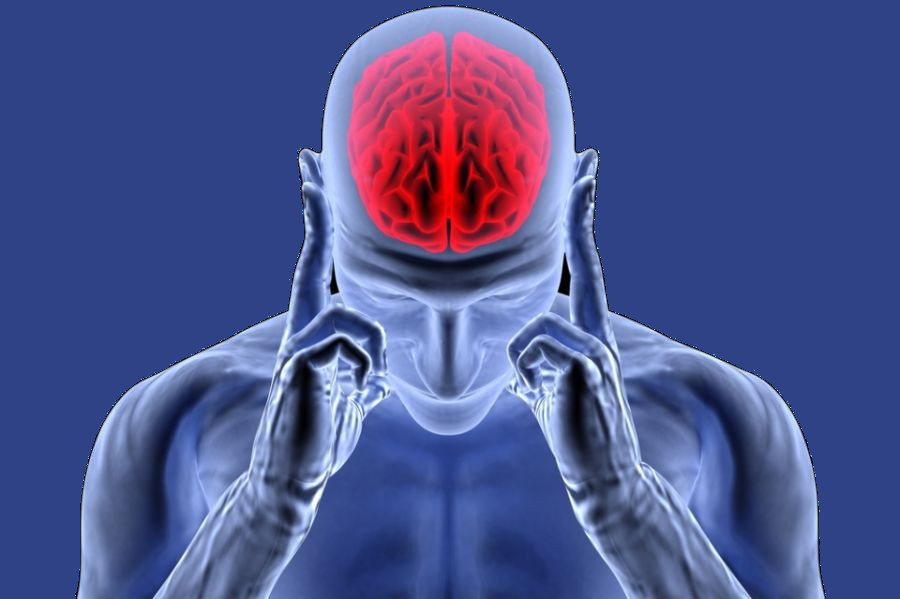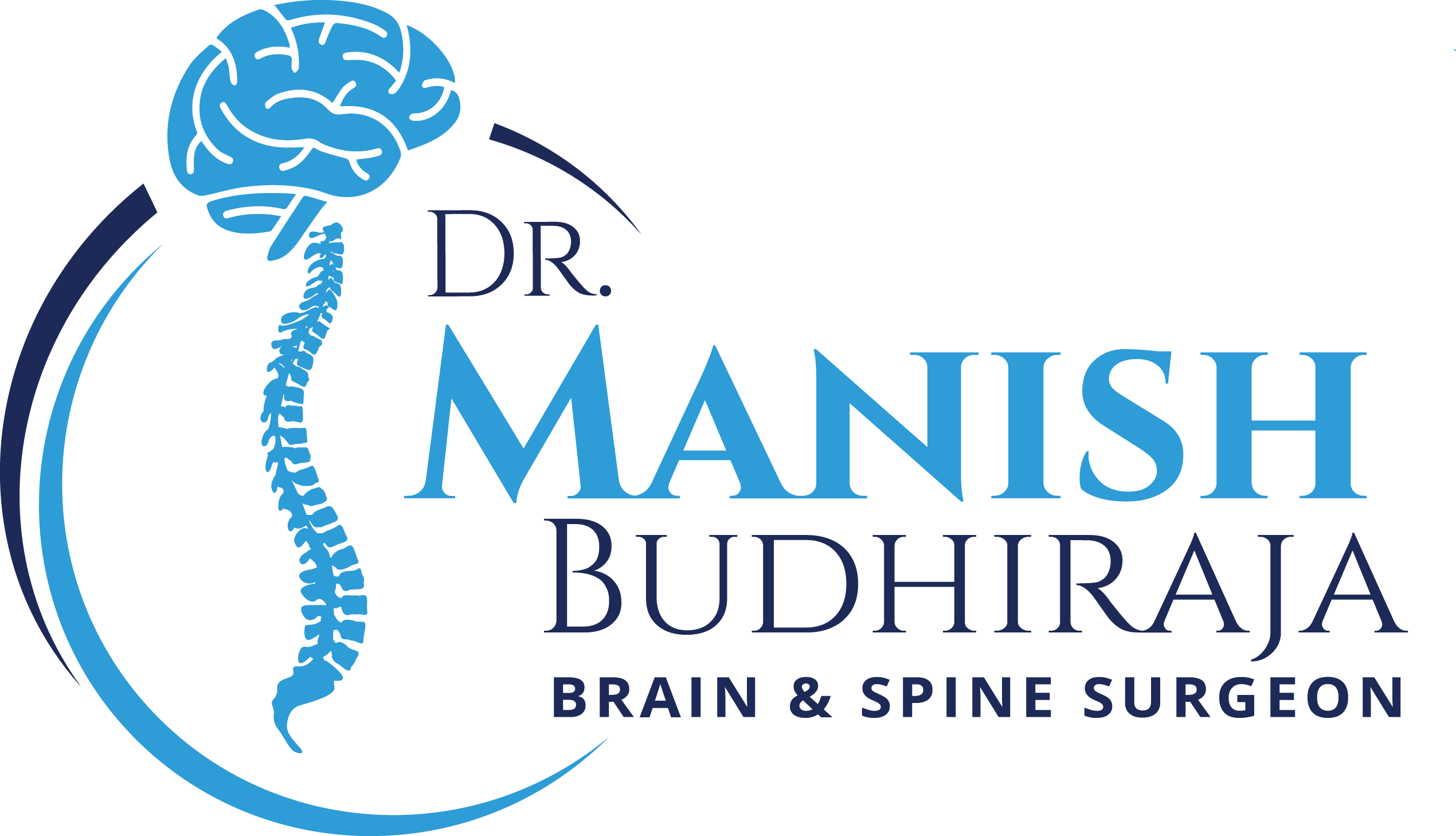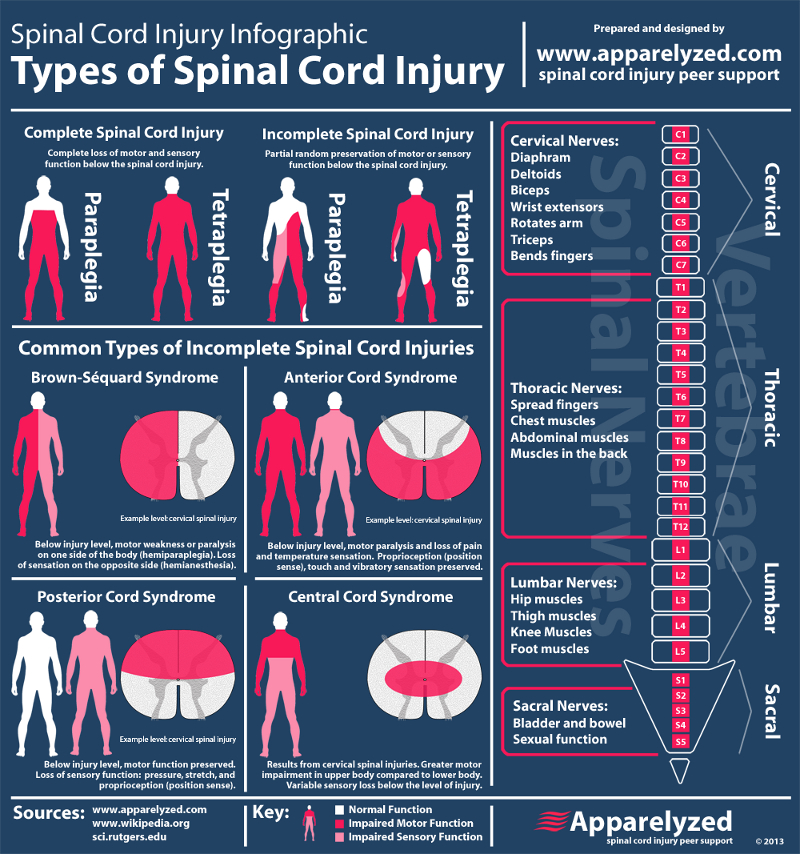Accidental Injuries to the Brain and Spine
Most traumatic brain or spinal injuries result in widespread damage to the body. The brain ricochets inside the skull during the impact of an accident, spine injury due to any accident to severe fall.
Symptoms of Head Injury (Brain Injury)
The symptoms of head injury can vary from almost none to loss of consciousness and coma. As well, the symptoms may not necessarily occur immediately at the time of injury.
- Vomiting, Speech difficulty, difficulty in swallowing
- Bleeding from ear
- Numbness of body
- Altered Mental Status
- Irritability
- Amnesia
Coma may be present if the patient doesn’t wake completely and is defined as a prolonged episode of loss of consciousness.


Brain Injury Treatment
The treatment depends upon the nature of injury caused like- Spine surgery in India, brain surgery and brain tumor.
- Clot Removal: If there is a collection of blood in the layers of the brain coverings, it has to be removed surgically by creating a burr hole.
- Conservative Management: It has to be followed when there is loss of consciousness or altered mental status. A wait and watch policy is followed, generally in the hospital under the guidance of a specialist.
Whatever be the injury to the head, the attention to the sufferer has to be immediate. The patient needs to seek a professional help at the earliest and that is the key to a successful treatment.
Spinal Cord Injury
What is Spinal Cord Injury ?
The spinal cord is very sensitive to injury. Unlike other parts of your body, the spinal cord does not have the ability to repair itself if it is damaged. A spinal cord injury occurs when there is damage to the spinal cord either from trauma, loss of its normal blood supply, or compression from tumor or infection. There are approximately 12,000 new cases of spinal cord injury each year in the United States. They are most common in white males.
Spinal cord injuries are described as either complete or incomplete. In a complete spinal cord injury there is complete loss of sensation and muscle function in the body below the level of the injury. In an incomplete spinal cord injury there is some remaining function below the level of the injury. In most cases both sides of the body are affected equally.
An injury to the upper portion of the spinal cord in the neck can cause quadriplegia-paralysis of both arms and both legs. If the injury to the spinal cord occurs lower in the back it can cause paraplegia-paralysis of both legs only.
What are the causes of spinal cord injury?
Readers Comments 10 Share Your Story
The most common cause of spinal cord injury is trauma. Nearly half of the injuries are caused by motor vehicle accidents. Other types of trauma include:
- Falls from heights,
- Violence (stabbing or gunshot wounds to the spine), and
- Sporting injuries (diving, football, rugby, equestrian, etc.).
Spinal cord injury can also be caused by compression of the cord by a tumor, infection, or inflammation. Some patients have a smaller than normal spinal canal (called spinal stenosis) and are at a higher risk of injury to the spinal cord.
All tissues in your body including the spinal cord require a good blood supply to deliver oxygen and other nutrients. Failure of this blood supply to the spinal cord can cause spinal cord injury. This can be caused by an aneurysm (ballooning of a blood vessel), compression of a blood vessel or a prolonged drop in blood pressure.
How is a spinal cord injury diagnosed?
The first step in diagnosing a spinal cord injury is a medical history and physical examination. The patient’s physician will obtain a medical history asking questions about the details surrounding the time of the injury. The amount of time since the injury is important because spinal cord injury is a medical emergency. The quicker the patient obtains treatment, the better the chances for recovery. Other details of the medical history could include details of any prior neck or back injuries or surgeries, the presence of pain in the neck or back, any weakness in the arms or legs, loss of bowel or bladder control, loss of sensation in the arms or legs, and other previous medical conditions.
The physical examination will include testing to see if sensation to touch is intact in the arms and legs as well as testing muscle strength and reflexes in the arms and legs. The patient may be kept in a cervical collar or on a backboard to immobilize them until the physician determines whether or not the patient has a spinal cord injury.
X-Rays
The next step is often x-rays of the neck or back. These can help identify a fracture or dislocation of the vertebrae. These may or may not be present with a spinal cord injury. It is possible to have a spinal cord injury without an injury to the vertebrae. X-rays can also help identify a tumor or infection or severe arthritis that could cause spinal cord injury.
A computed tomography (CT) scan is a more advanced imaging test that can give the physician a better view of the vertebrae. CT can identify some injuries to the vertebrae not seen on the plain x-rays. A magnetic resonance imaging (MRI) scan is another more advanced imaging study that can identify a spinal cord injury. The MRI is better at evaluating the soft tissues including the ligaments, intervertebral discs, nerves and spinal cord. The MRI scan also can show evidence of injury within the spinal cord.
What are the symptoms of spinal cord injury?
The symptoms of spinal cord injury depend on where the spinal cord is injured and whether or not the injury is complete or incomplete. In incomplete injuries, patients have some remaining function of their bodies below the level of injury, while in complete injuries they have no function below the level of injury.
Injuries to the spinal cord can cause weakness or complete loss of muscle function and loss of sensation in the body below the level of injury, loss of control of the bowels and bladder, and loss of normal sexual function. Spinal cord injuries in the upper neck can cause difficulty breathing and may require the use of a breathing machine, or ventilator.
How is a spinal cord injury treated?
The first step in treatment of a suspected spinal cord injury is to verify the patient is breathing and the heart is beating. A spinal cord injury in the upper neck can cause a loss of control of normal breathing. This may require the placement of a breathing tube and use of a ventilator.
The next step in treatment of a spinal cord injury is immobilization. This often occurs at the time of injury prior to being transported to the hospital. Emergency medical technicians may place the patient in a cervical collar or on a backboard to help prevent the spine from moving. If the patient has a spinal cord injury, further movement of the spine could lead to further damage.
After a spinal cord injury is diagnosed, the patient might be started on a high dose of steroids. This could help decrease the amount of damage to the spinal cord by reducing inflammation and swelling. There are risks associated with using steroids for spinal cord injury. The patient’s doctor can help decide if steroids are appropriate. The use of steroids is only beneficial if they are started within eight hours of the time of injury. Next the patient may be placed in traction or a halo device around the head to try to stabilize the spine and prevent further damage. Many cases of spinal cord injury are treated with surgery. There are two major goals of surgery.
The first goal is to relieve any pressure on the spinal cord. This could involve removing portions of the vertebrae that have broken and are compressing the spinal cord. If the spinal cord is being compressed by tumor, infection or severe arthritis, surgery can be performed to reduce the amount of compression. The second major goal of surgery for spinal cord injury is to stabilize the spine. If the vertebrae are weakened from fracture, tumor or infection, they may not be capable of supporting the normal weight from the body and protecting the spinal cord.
A combination of metal screws, rods and plates may be necessary to help hold the vertebrae together and stabilize them until the bones heal.
There are many potential complications related to spinal cord injury that may require specific treatment.
These complications may include:
- Urinary tract infections or urinary incontinence (inability to control the flow of urine),
- Bowel incontinence (inability to control bowel movements),
- Pressure sores,
- Infections in the lungs (pneumonia),
- Blood clots,
- Muscle spasms,
- Chronic pain, and
Depression.
After the initial treatment and stabilization of patients with a spinal cord injury, much of the treatment is geared toward rehabilitation. This includes methods to help the patient maximize their function through physical and occupational therapy and the use of assistive devices.



